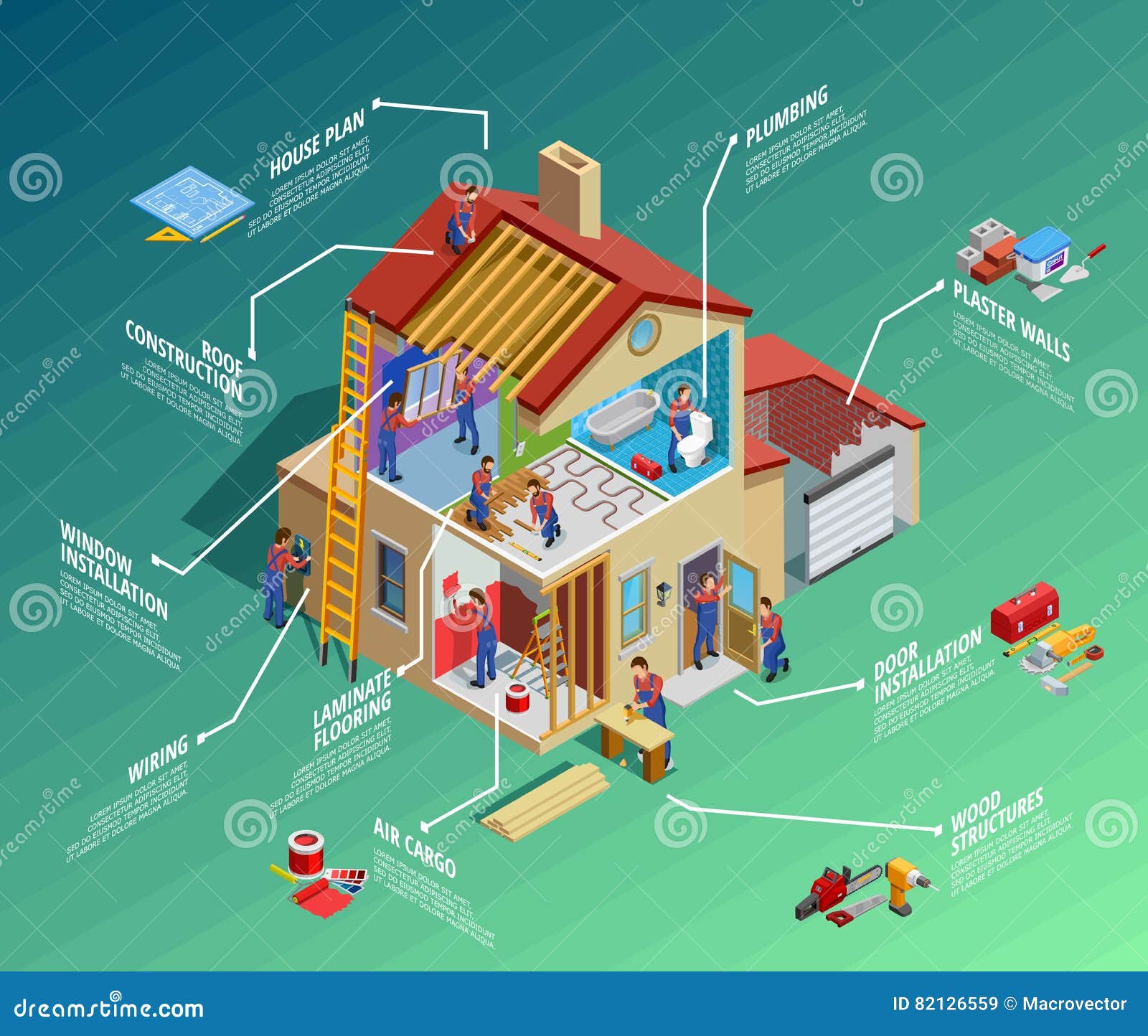Regular Errors In Roofing Installment And Approaches To Prevent Them
Regular Errors In Roofing Installment And Approaches To Prevent Them
Blog Article
Written By-McDermott Randrup
When you're preparing a roof covering installation, it's very easy to overlook vital information that can bring about substantial problems down the line. You might be lured to cut edges on product choice or skip appropriate flashing installation, yet these common blunders can bring about expensive repairs later on. Understanding the value of ventilation and adhering to neighborhood building regulations is necessary for an effective task. So, what are the vital steps you should take to guarantee your roof covering stands the test of time? Let's discover some reliable methods to stay clear of these pitfalls.
Poor Product Choice
When it comes to roofing system installment, selecting the wrong products can result in expensive issues down the line. You could believe that any type of roofing product will certainly do, yet that's a common misconception. It's essential to choose products that fit your regional environment and the details requirements of your home.
As an example, if you live in an area with heavy rain or snow, going with asphalt tiles might not be the best option. Instead, think about more durable options like metal or slate.
Additionally, read full article on the quality of the products you're considering. Economical products could save you money upfront, however they typically lack long life and can cause regular repair services or substitutes.
You need to likewise consider the design of your home and ensure the materials you pick will maintain its aesthetic appeal.
Finally, don't fail to remember to seek advice from specialists. They can supply important understandings and advise products that follow regional building regulations.
Investing time in proper product choice currently can assist you avoid frustrations and expenses in the future, making your roofing task a success.
Inadequate Flashing Setup
Choosing the appropriate materials isn't the only factor that can bring about roof covering problems; inadequate flashing installment can also develop significant issues. Flashing is important for guiding water away from vulnerable areas, such as chimneys, skylights, and roof valleys. If it's not mounted properly, you take the chance of water invasion, which can lead to mold and mildew development and structural damage.
When you install blinking, guarantee it's the best kind for your roofing's layout and the neighborhood climate. For instance, steel flashing is frequently a lot more resilient than plastic in areas with heavy rainfall or snow. Ensure the blinking overlaps appropriately and is secured securely to stop gaps where water can seep with.
You should also take notice of the installment angle. Flashing should be positioned to route water away from your home, not towards it.
If you're not sure about the installation process or the products needed, get in touch with a professional. They can help determine the most effective blinking choices and ensure every little thing is mounted appropriately, securing your home from possible water damage.
Taking these steps can save you time, cash, and headaches down the road.
Neglecting Air Flow Requirements
While several property owners focus on the visual and structural facets of roof setup, ignoring air flow needs can lead to significant long-term effects. Appropriate air flow is essential for controling temperature and dampness levels in your attic room, avoiding problems like mold growth, timber rot, and ice dams. If you do not set up sufficient ventilation, you're establishing your roof covering up for failing.
To avoid this blunder, initially, evaluate your home's particular ventilation requirements. A balanced system commonly includes both intake and exhaust vents to promote airflow. Guarantee you have actually installed soffit vents along the eaves and ridge vents at the height of your roof. flooring installation far north central allows hot air to run away while cooler air enters, maintaining your attic room comfortable.
Also, consider the sort of roofing product you have actually selected. Some materials might call for extra air flow approaches. Double-check your neighborhood building codes for air flow guidelines, as they can vary significantly.
Lastly, do not fail to remember to evaluate your air flow system routinely. Clogs from debris or insulation can restrain air flow, so maintain those vents clear.
Conclusion
To conclude, staying clear of common roofing setup mistakes is key to guaranteeing your roof's durability and efficiency. By selecting the appropriate materials for your environment, mounting flashing effectively, and resolving air flow needs, you can stop expensive concerns down the road. Don't forget to familiarize yourself with local building codes and schedule normal inspections. With these steps, you'll take pleasure in a risk-free, durable roof that protects your home for many years ahead. Happy roof!
